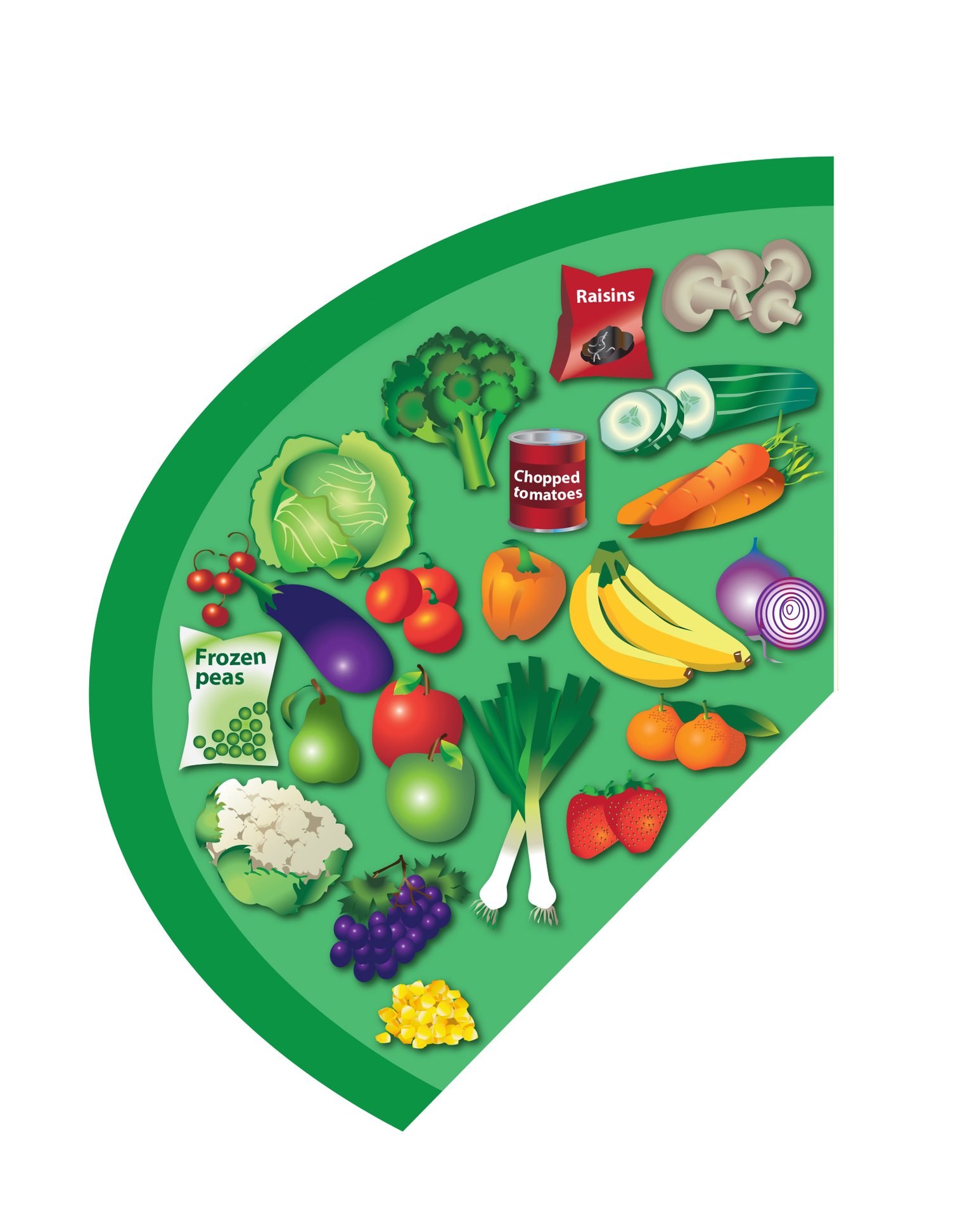As we embark on a new year, many of us set resolutions to improve our health and well-being. One of the most common resolutions is to eat more healthily, but the reality is that it can be a daunting task. We are constantly bombarded by food industry marketing that tries to convince us that we need certain products, making healthy eating seem more complicated than it needs to be.
But here’s the truth: the truly healthy foods don’t require a flashy TV commercial. They are the simple, whole foods that have nourished us for generations. To make things easy, take a look at the eat well plate, which illustrates the balance of food groups that should make up our daily diets. But don’t stress about achieving this balance every single day. Instead, aim for it as an average over a few days or even per week. This way, you can make small, sustainable changes that will improve your overall diet and lead to a healthier, happier you.

Disclaimer: this will not apply to you if you have a condition that requires a specific diet – food allergies, intolerances, diabetes, etc. I am not a medical professional and I’m only qualified to offer advice in regards to exercise or general healthy eating.
Healthy Eating Guidelines from the eat well plate
- 33% of your food should be from starches (potatoes, pasta, bread, grains, etc.)
- 33% should be fruit and vegetables
- About 10-15% should be calcium-rich foods (dairy alternatives as vegan options)
- 10-15% should be protein sources (for a vegan diet – beans, pulses, soya, meat alternatives)
- A small amount of fat from oils and spreads
- Little to no high sugar and processed foods
Additional healthy eating guidelines:
- If you take part in endurance training (running, cycling), the amount of carbs can be increased
- If you take part in strength training, the amount of protein can be increased
- Pick wholegrain / wholemeal whenever you can
- Be aware of the amount of sugar in foods by looking at the labels
- Reduce the quantity of processed foods
- Cook more
- Don’t drink your calories, opt for water whenever you can
- Stay hydrated
- Eat your vegetables (3-5 portions of veggies and 2-4 portions of fruit per day)
1. Start by making small changes to the existing diet
Transforming your diet can be daunting, but it doesn’t have to be an all-or-nothing endeavor. Start small by incorporating healthy additions to your meals, such as a bountiful salad or an abundance of vegetables. Gradually begin swapping out less nutritious options for their healthier counterparts.
For example, instead of indulging in sugary flavored yogurt, opt for plain yogurt and add your own fresh fruit, nuts, and seeds for a burst of flavor. Trade in your sweetened cereal for a wholesome bowl of oatmeal, and enhance the taste by adding your own fruits, spices, or extracts. Take the first step towards a healthier you by making small yet impactful changes.
Baby steps.
One of the reasons people fail is that they try to go big from the start. It works for some, but unless you can dedicate your time and you can focus on this for a while, take the small steps approach.
2. There’s no such thing as perfection
There will be days, weeks or even months when all you’ll eat is junk food. Life happens, priorities change and your diet can be the last thing on your mind.
But mistakes are not a reason not to go back.
Think about it this way: every single time you eat a junk meal, it’s like kicking your leg against the table. One kick won’t hurt too bad. A whole week of kicking will hurt, but it’s not irreversible. A whole month of kicking will make a horrible bruise and start to make damage to the bone. However, if you stop kicking yourself, the leg will eventually heal.
That’s the secret. Stop kicking yourself before you lose that leg.
3. Don’t make it more complicated than it is
You don’t need pills, tea, Keto, or any other diet that has a name. You need natural, whole, unprocessed or minimally processed foods that fuel you. It really is that simple.
There is no need to make it complex, count calories and macros, or turn your life upside down.
And until next week, tell me, do you have any other tips or questions? Leave them in the comments section.
Keep it simple and do your best.